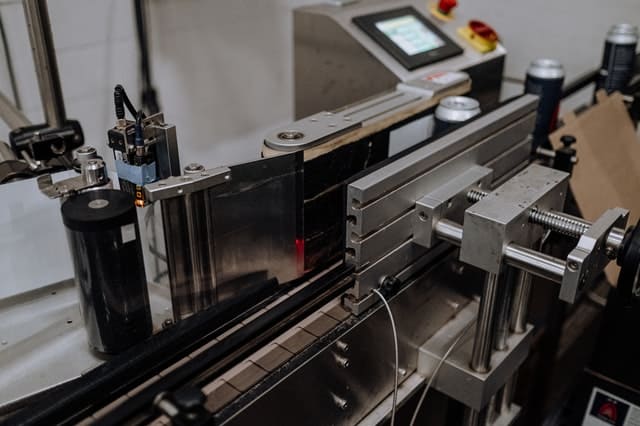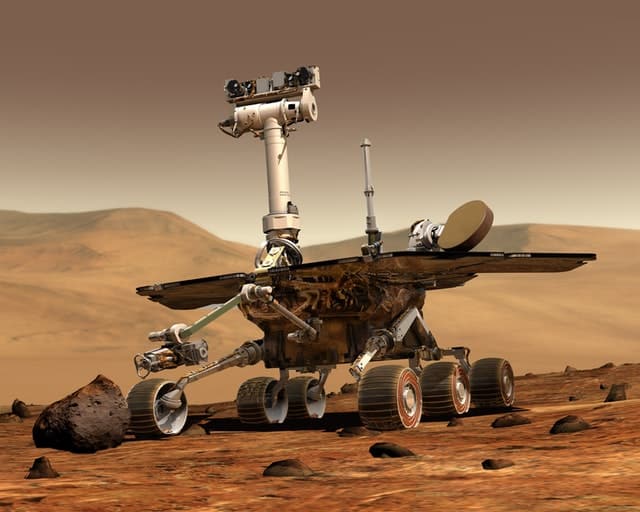First published: 25 August 2021 @ 6:00 pm
When you hear the word “robotics”, what is the first thing that comes to mind? Do you think of an automatic humanoid robot, performing tedious work like driving a car or assembling a product?
Do you think of a computer that can teach itself new tasks without human intervention? Or do you think of an autonomous weapons system?
These are all examples of robotics that could be described as “manual” or “non-autonomous”. However, these examples only represent a fraction of the possibilities that robotics offers.
There are many other applications that are not yet possible because they require highly automated systems. These include robotic arms for surgery, remote sensing systems for environmental monitoring, surgical robots for minimally invasive surgery, and automated factories.
In this article, we will discuss several uses of robotics.
Automated Factory Systems

Automated factory systems have been around for many years, but the recent rapid growth in automation has made them much more widespread. Automation can be broadly defined as the process of reducing the amount of human intervention required to produce a product.
This can be accomplished by using a computer to make decisions and/or control automated machinery. While automated factories may not seem like a good use of robotics, there are many benefits that have been demonstrated.
For example, there is less damage done to products because robots tend to have much more precise tools than humans. Workers are freed up from doing repetitive tasks that can lead to repetitive stress injuries.
Click on the next page to read more about the important uses of robotics!

